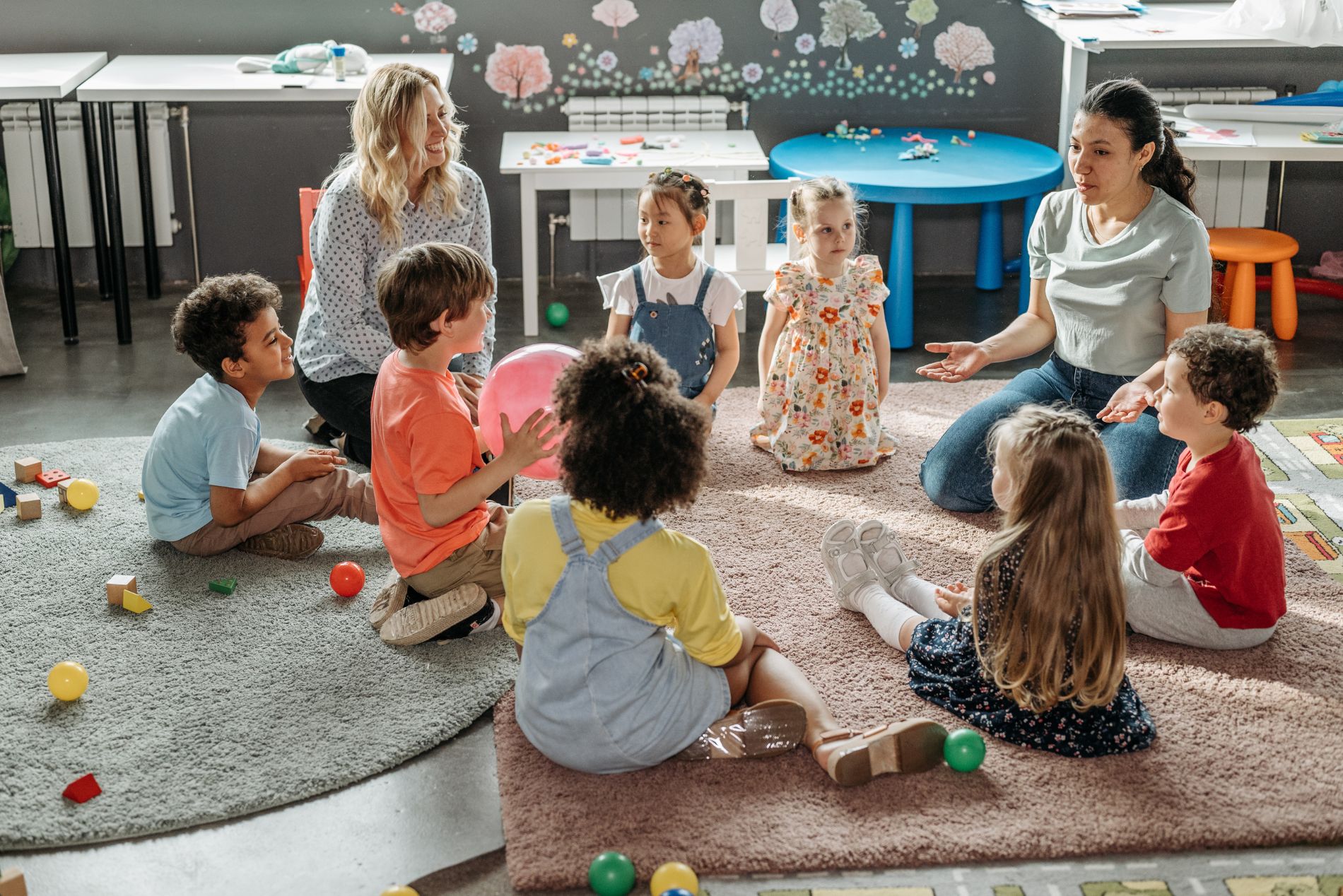Austrian Standards International
During the construction of the new “Christine Nöstlinger Education Campus,” great care was taken to not only make the site accessible to schoolchildren and students, but also to involve the entire neighborhood in its use. We spoke with Rudolf Leber from MA 56 about how standards specifically contribute to making the outdoor facilities safe and robust.
Key points about how Austria cares for its children in kindergarten, based on its early childhood education system:
Compulsory Kindergarten Year: Since 2009, Austria has mandated a free, compulsory kindergarten year for all children who turn five by August 31, requiring at least 20 hours of attendance per week over four days. This ensures early education access and prepares children for primary school.
Variety of Kindergarten Options: Austria offers diverse kindergarten types—public (free, government-subsidized), private (partially subsidized, costing around €250/month), parent-run (costing about €100/month with parental involvement), and company-run
(Betriebskindergarten)—catering to different family needs and socioeconomic backgrounds.
Focus on Development: Kindergartens aim to support physical, mental, and emotional growth through play-based learning and group interaction, complementing family care. The Nationwide Framework Curriculum emphasizes holistic development without formal school-like instruction.
Accessibility and Subsidies: Public kindergartens are free, though parents may pay for meals (around €60/month), while private options remain affordable due to government subsidies. Many facilities operate long hours (e.g., 7 a.m. to 6 p.m.) to accommodate working parents.
Decentralized Governance with Quality Standards: The nine federal provinces oversee kindergarten legislation and operations, allowing regional flexibility, while national agreements (e.g., 15a B-VG) and frameworks ensure quality, such as trained pedagogues and reasonable child-staff ratios (e.g., max 25 children per teacher in public settings).
- This standard provides a framework for assessing both the benefits and risks associated with playground equipment and activities. It introduces a dual-assessment process to balance the developmental advantages of play against potential hazards, ensuring safer design and use.
- This technical specification outlines the competencies required for inspectors and maintenance technicians of playgrounds. It covers routine visual inspections, operational checks, annual main inspections, and post-installation or post-accident assessments, ensuring outdoor playgrounds remain safe and functional.
ISO 23659:2023 – Sports and Recreational Facilities — Trampoline Parks — Safety Requirements
- While primarily focused on trampoline parks, this standard includes provisions relevant to outdoor playgrounds with trampoline features, addressing safety requirements for design, installation, and operation to protect children during play.










